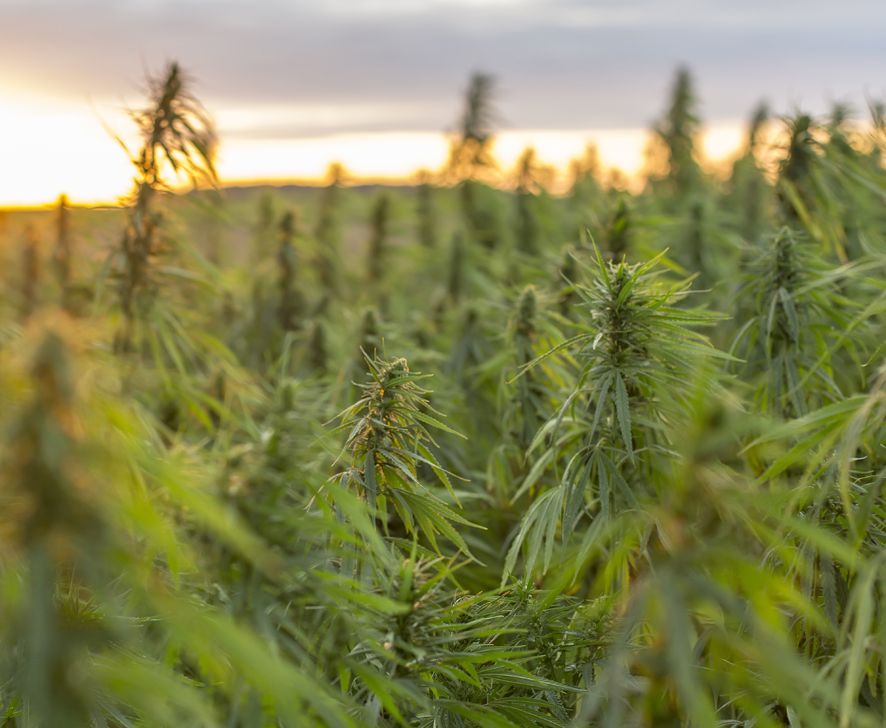CU, NIST team up to detect cannabis in breath

BOULDER — The University of Colorado Boulder has teamed up with the National Institute of Standards and Technology to develop a reliable breath tester to detect cannabis usage.
The Breakthalyzer was developed in 1954 and has been a reliable tool for police agencies as they enforce laws surrounding alcohol intoxication. Testing for cannabis intoxication, has proven to be more of a challenge, the university said in a press statement.
“In our pilot research, we found that in regular cannabis users, their breath around an hour after use is not looking a whole lot different than their baseline measure on days that they haven’t used at all,” Cinnamon Bidwell, assistant professor in the Department of Psychology and Neuroscience at CU Boulder, said in a written statement. “That suggests that this isn’t going to be easy, and a lot more careful research needs to be done to get it right.”
SPONSORED CONTENT
Select your Republic Services residential cart now!
In preparation for Republic Services becoming the primary provider of residential recycling, yard trimmings, and trash, residents should now select the best cart size and service schedule for their household needs.
A small “proof of concept” study, published in the Journal of Breath Research, marked the first step in a collaboration between the National Institute of Standards and Technology and CU Boulder to develop reliable, standardized industry protocols for detecting cannabis impairment via breath — or determine whether it’s possible at all.
NIST chemical engineers Tara Lovestead and Kavita Jeerage pioneered the research with $2 million from the U.S. Department of Justice’s National Institute of Justice and partnered with Bidwell, a leading cannabis researcher, to help carry it out. In September, NIST granted CU Boulder $600,000 to help continue the research.
Private companies have already started to market cannabis breathalyzers to law enforcement agencies, but CU project researchers aren’t so sure those are reliable.
“There is a large commercial enterprise saying that this is not only doable, but already exists. But the science is just not there yet,” said Bidwell.
Unlike measuring ethanol in breath, which is exhaled in copious amounts in a gaseous vapor, the main psychoactive ingredient in cannabis (tetrahydrocannabinol or THC) is carried in aerosol particles, tiny molecules surrounded by fluid from the deep lungs, researchers said.
“With THC, it’s like looking for a needle in a haystack,” said Lovestead, who earned her doctorate in chemical engineering from CU Boulder.
THC also lingers in fatty tissues, showing up in blood and fluids for weeks.
With alcohol, there is a clear correlation between blood concentration and impairment. But more THC in blood does not necessarily equate to more intoxication. And some people use cannabis regularly for medical conditions.
“I get emails all the time from lawyers trying to defend people whose blood draws indicated they have THC in their system but who insist they did not use recently. It’s a huge problem and a matter of social justice,” said Bidwell.
Not ready for prime time
The researchers used a filter-based device to collect breath samples from 18 volunteers. Participants were asked not to use cannabis the day before giving their baseline samples or prior to the experimental session. All were asked to purchase a specific strain of cannabis flower containing 25% THC.
One day, CU’s mobile laboratory, a white Sprinter van, pulled up in the participant’s driveway. After giving blood and breath samples in the van, participants were instructed to go into their house, use cannabis and return to the van to breathe into the collection device. The samples were shipped to NIST for processing and analysis.
Only eight participants showed the anticipated increase in THC after cannabis use. In three post-use breath samples THC was not detected. In several other samples, THC levels in breath post-use were similar to or lower than baseline levels.
“Our results do not support the idea that detecting THC in breath as a single measurement could reliably indicate recent cannabis use,” the authors said.
In future research, the NIST team hopes to get a better understanding of the chemical properties of THC, experiment with other methods of detecting it in breath, and develop standard reference materials that labs could use to calibrate the equipment.

